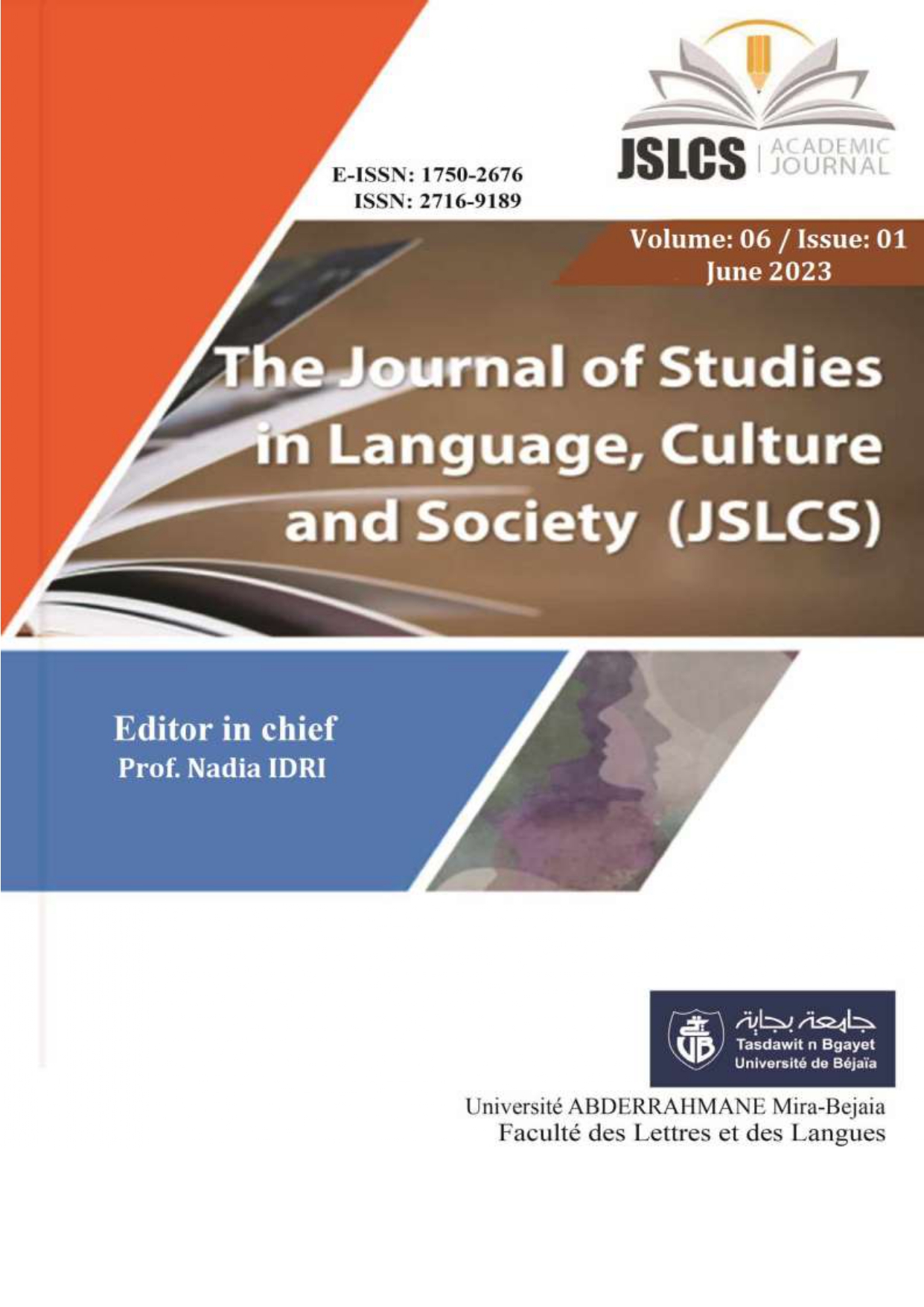Explicit Learning Triggers Sensory Motor Competence: An Experimental Study Of Pakistani Esl Learners
Keywords:
explicit learning, ESL, formal instruction, tenses, errorAbstract
This study is an attempt to investigate the cognitive impact of explicit learning in Pakistani ESL classrooms. For conducting this study, the participants have been recruited from government institutions of Punjab’s remote area and they were total 200 students of grade 10th and divided into two groups (N=100) and control (N=100) learning situations. Those in the experimental group were given a treatment in the classroom scenario and they were explicitly taught English as the second/foreign language. The experiments are categorized into two parts: (a) pre-test and post-test to externalize the sensory motor system of competence and its improvement triggering with explicit learning. Firstly, the participants were evaluated with pre-tests: writing is comprehension and verbal test is verbal fluency test. After evaluating, they are provided input of second language till three weeks. After providing input of second language, they were assessed in the same procedure, and now they got an improvement in both the productive cognitive skills: verbal and non-verbal (written). For data analysis, Python 3.11.1 version was used to get the statistical data processing. The pre-test results predict that the ratio of sensory motor system was mean=9.4 and 9.7 of the two groups with std=2.2 and 2.3 but fortunately, the post-test results reveal that the mean ratio of two groups is 11.4 and 14.8 with std=1.3 and 1.7. On the basis of these results, the study implicates that learners’ efficiency in productive skills: (verbal and non-verbal) is mandatory but it may be improved if sensory motor system work efficiently, for sensory motor efficiency, the ESL practitioners should adopt explicit learning.
References
Barclay, S., & Schmitt, N. (2019). Current perspectives on vocabulary teaching and learning. Second handbook of English language teaching, 799-819.
DeKeyser, R. M. (1995). Learning second language grammar rules: An experiment with a miniature linguistic system. Studies in second language acquisition, 17(3), 379-410.
Doughty, C., & Williams, J. (1998). Pedagogical choices in focus on form. Focus on form in classroom second language acquisition, 3, 197-262.
Ellis, N. C. (2002). Frequency effects in language processing: A review with implications for theories of implicit and explicit language acquisition. Studies in second language
acquisition, 24(2), 143-188. 42
Ellis, R. (1989). Are classroom and naturalistic acquisition the same? A study of the classroom acquisition of German word order rules. Studies in second language Acquisition, 11(3), 305-328.
Hulstijn, J. H. (2005). Theoretical and empirical issues in the study of implicit and explicit second-language learning: Introduction. Studies in second language acquisition, 27(2), 129-140.
Hyland, K., & Hyland, F. (2006). Feedback on second language students' writing. Language teaching, 39(2), 83-101.
Krashen, S. D. (1985). The input hypothesis: Issues and implications. Addison-Wesley Longman Limited.
Krashen, S. D. (1993). Comments on Stephen D. Krashen's" teaching issues: Formal grammar instruction". The effect of formal grammar teaching: Still peripheral. TESOL Quarterly, 27(4), 722725.
Li, Y., &Hafner, C. A. (2022). Mobile-assisted vocabulary learning: Investigating receptive and productive vocabulary knowledge of Chinese EFL learners. ReCALL, 34(1), 66-80.
Pienemann, M. (1984). Psychological constraints on the teachability of languages. Studies in second language acquisition, 6(2), 186-214.
Rahem, D. (2022). Verb+ noun collocations with ‘do’and ‘make’in English language learner texts: A corpus-based study.
Robinson, P. (1996). Learning simple and complex second language rules under implicit, incidental, rule-search, and instructed conditions. Studies in second language acquisition, 18(1), 27-67.
Ruhi, A. (2001). Toward operationalizing focus on form in EFL classroom setting. Unpublished MA thesis), University of Tabriz, Tabriz.
Schmidt, R. (1992). Awareness and second language acquisition. Annual review of applied linguistics, 13, 206-226.
Schmidt, R. W. (1990). The role of consciousness in second language learning1. Applied linguistics, 11(2), 129-158.
Schmidt, R., & Frota, S. (1986). Developing basic conversational ability in a second language: A case study of an adult learner of Portuguese. Talking to learn: Conversation in second language acquisition, 237, 326.
Spada, N. (1997). Form-focussed instruction and second language acquisition: A review of classroom and laboratory research. Language teaching, 30(2), 73-87.
VanPatten, B., & Smith, M. (2022). Explicit and implicit learning in second language acquisition. Cambridge University Press.
White, J. (1998). Getting the learners’ attention: A typographical input enhancement study. Focus on form in classroom second language acquisition, 85-113.
Xodabande, I., & Boroughani, T. (2023). Mobile-assisted focus on forms in English for academic purposes instruction: Investigating the impacts on learning academic words








